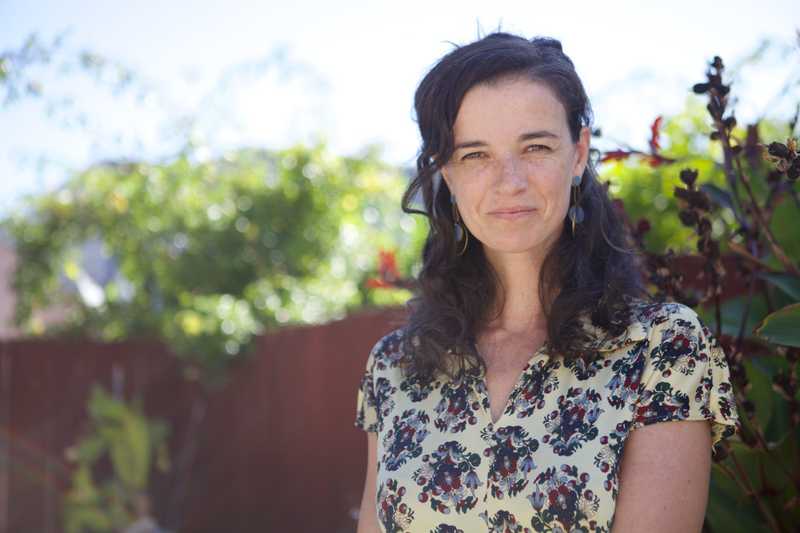
About Me
I graduated in Psychotherapy in Barcelona and worked for seven years there with children, adults, families, and schools. However, I wanted to become a better therapist,so in 2012 I moved to San Francisco, California, and specialized in Problem Solving Brief Therapy.
I learned from the worlds's leading experts and worked where Brief Therapy was developed, the Mental Research Institute (MRI), in Palo Alto, California. Besides, I worked as a counselor in several schools in East Palo Alto, responding to school and family crises.
At the MRI, I also coordinated the residency programs at the Brief Therapy Center, training professionals who come from abroad to learn the model of Problem Solving Brief Therapy. I currently teach Brief Therapy at several international universities, participate in international conferences and I am a member of the Brief Therapy Center network. I am providing supervision to other therapists and consulting with companies.
As an immigrant from Spain, I have a special understanding and empathy for the challenges of adapting to a new culture, the nostalgia for the country of origin and the importance of honoring cultural diversity.
In my work, I strive to adapt to each person and family with professionalism, because each client is unique to me.
about.about-story-six
About the Brief Therapy Model
"One step at a time"
The Problem Solving Brief Therapy Model began in Palo Alto, California, in the 1960s, in the iconic Mental Research Institute (MRI), internationally recognized as the cradle of systemic thinking.
The founders P. Watzlawick, R. Fisch and J. Weakland, created the Brief Therapy Center to explore a new way to solve people's problems and suffering in a shorter amount of time.
"We focus on change" Traditional therapy looks for explanations going to the past, which results in longer treatments. The Brief Therapy Model focuses on change and the present. Together, the therapist and the client discover what actions are perpetuating the same negative results, so we can break that cycle and achieve the positive change you want. This first change will in turn strategically and systemically promote other changes: it will create a positive snowball effect that will make your problem weaker, and finally solve it.
This model works for all kinds of cases, specially the most difficult ones, when they have tried everything and the client no longer knows what else to do.
Currently, since 1995, Karin Schlanger is the heiress of the original model of Brief Therapy and leads the BTC. Under her training, my colleagues and I are now the 3rd generation of therapists who promote the Model of Problem Solving Brief Therapy in its multiple fields of application, such as business, school, health or social assistance. Problem Solving Brief Therapy has been recognized as an evidence based practice.